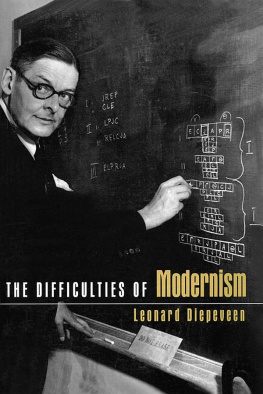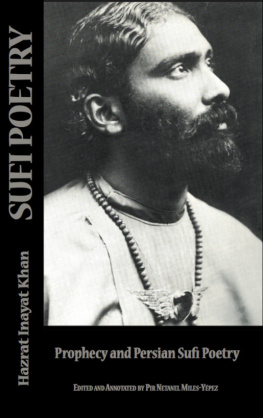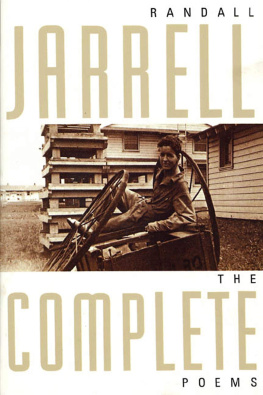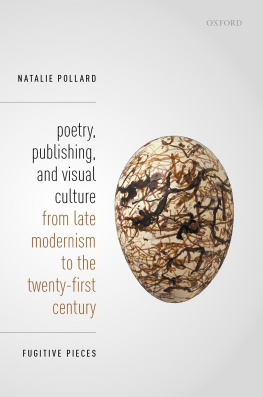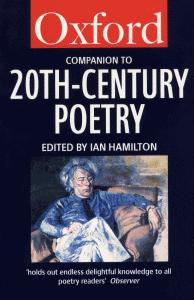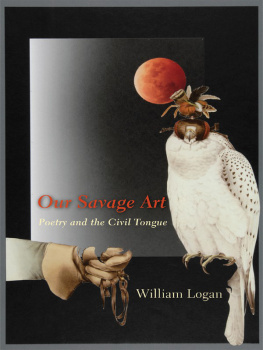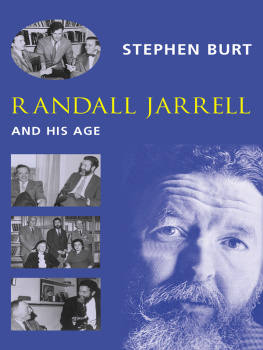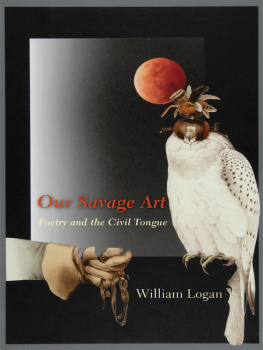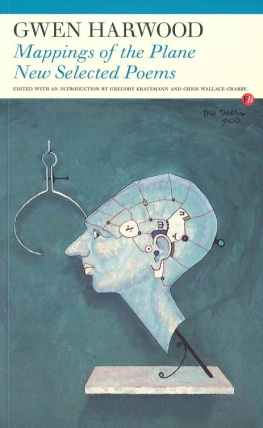THE DIFFICULTIES OF Modernism
THE DIFFICULTIES OF Modernism
Leonard Diepeveen
Routledge
New York and London
Published in 2003 by
Routledge
711 Third Avenue
New York 10017
Published in Great Britain by
Routledge
2 Park Square, Milton Park
Abingdon, Oxon OX14 4RN
Copyright 2003 by Taylor & Francis Books, Inc.
Routledge is an imprint of the Taylor & Francis Group.
All rights reserved. No part of this book may be reprinted or reproduced or utilized in any form or by any electronic, mechanical, or other means, now known or hereafter invented, including photocopying and recording, or in any information storage or retrieval system, without permission in writing from the publishers.
Library of Congress Cataloging-in-Publication Data
Diepeveen, Leonard, 1959
The difficulties of modernism / by Leonard Diepeveen.
p. cm.
Includes bibiographical references and index.
ISBN 0-415-94068-0 (hardcover : alk. paper) ISBN 0-415-94069-9 (softcover : alk. paper)
1. Modernism (Literature) 2. Literature20th centuryHistory and criticism. I. Title.
PN56.M54 D54 2002
809.9112dc21
2002007371
For Susan
Contents
Speaking at Harvard in the early 1950s, the poet Randall Jarrell noted that he had been asked to talk about the Obscurity of the Poet. Jarrell commented that his assigned topic did not mean that he was to talk about a timeless quality of art, but was instead to speak on something that had come to prominence in the first half of the century. Its outlines could be sketched with precision:
That the poetry of the first half of this century was too difficultjust as the poetry of the eighteenth century was full of antitheses, that of the metaphysicals full of conceits, that of the Elizabethan dramatists full of rant and quibblesis a truism that it would be absurd to deny. How our poetry got this wayhow romanticism was purified and exaggerated and corrected into modernism; how poets carried all possible tendencies to their limits, with more than scientific zeal; how the dramatic monologue, which once had depended for its effect upon being a departure from the norm of poetry, now became in one form or another the norm; how poet and public stared at each other with righteous indignation, till the poet said: Since you won't read me, I'll make sure you can'tis one of the most complicated and interesting of stories. (Jarrell 1953a, 12)
Jarrell's take on modern difficulty is a complex of shorthand arguments. When he insisted that difficulty was modern poetry's central characteristic, Jarrell also asserted that modernism was no longer in flux, that modernism had been accomplished, and that its difficulty was central to this completion. The details of this accomplishment were a matter of record; with his assertion that romanticism was purified and exaggerated and corrected into modernism, Jarrell suggested that difficulty had a publicly recognized discourse. Jarrell's sense of difficulty as public discourse was part of his characterization of difficulty as a story; moreover, it was a story that his listeners needed to understand as a social phenomenon, one in which poets and readers had consciously played out their roles, playing them out to some degree as melodrama. This story, Jarrell believed, had important consequences, not the least of which was a loss of audience for poetry.
Now, Jarrell knew he was being polemical, arguing for a particular way of understanding modernism's difficulty. But many of his ideas about difficulty would have been beyond argument to almost anyone in his audience. In particular, he did not need to convince his audience that modernism was commonly seen as difficult, or that this difficulty needed to be understood as a social phenomenon, or that everyone involved in the difficulty debate claimed the ethical high groundor that difficulty had triumphed. All that could be assumed.
However, fifty years later, this most complicated and interesting of stories remains untold. The Difficulties of Modernism narrates this story and considers its effects. It does so with the understanding that difficulty is an experience familiar to everyone with some knowledge of twentieth-century high culture. Readers even mildly interested in twentieth-century high art can connect difficulty to modernism, often by referring to one of modernism's famous storiesthe scandal of the Armory Show, perhaps, or the riot at the Paris premiere of the Sacre du printemps. They might be familiar with the critical wisdom that while Joyce wrote a difficult but worthwhile book in Ulysses, in Finnegans Wake he went several steps too far. And while every reader of this book will have some personal experience of the exhilaration that can accompany a successful struggle with difficult art, more memorable perhaps are the failed struggles with it: perhaps the memory of fumbling through The Waste Land or Mrs. Dalloway in college (an acquaintance, on hearing me describe this book, remarked of The Waste Land: I didn't even understand the notes); or of glumly listening to a perplexing piece of twentieth-century music that filled the second half of a symphony concert; or of walking into a contemporary art gallery and staring blankly at the neat rectangle of firebricks Carl Andre had arranged in the center of the gallery floor.
The Difficulties of Modernism, from its definitions on up, stays close to this sense of difficulty as an experience. It defines difficulty in terms of how modern readers understood and used it: as a barrier to what one normally expected to receive from a text, such as its logical meaning, its emotional expression, or its pleasure. For modern readers, difficulty was the experience of having one's desires for comprehension blocked, an experience provoked by a wide variety of works of art (comprehension is here defined broadly). Without dealing with this barrier in some wayand such dealings were not restricted to understanding or decoding the syntax of the difficult momentit was impossible to interact significantly with the text. Difficulty thus drove its readers forward, for they realized that their bafflement was an inadequate response. Further, until they removed or contained their bafflement, readers overwhelmingly reacted with anxiety. Modernism's difficulty, then, is not merely a classifiable set of techniques. To discuss difficulty solely as the property of texts is to impoverish it and miss how difficulty became an integral part of high culture. Difficulty must be understood in terms of a reading process, and it manifests itself socially; modernism begins with a typical interaction between art and its audience. Difficulty, this book argues, is that recurring relationship that came into being between modernist works and their audiences.
Two central claims about difficulty shaped its social articulation. First, literary modernism's first readers often asserted that difficulty's prevalence was unique to modernism, frequently commenting that difficulty currently was, as one reader grumbled, running rampant in literature (Flat Prose [1914] 1986, 38). Difficulty, in fact, was the most noted characteristic of what became the canonical texts of high modernism; it dramatically shaped the reception of Faulkner, Joyce, Stein, Moore, Eliot, Pound, and Woolf, just to name those who early were considered to be central modernist writers. Now, it's not that people thought difficulty had never before surfaced in literature. However, there was a general sense that this was the first time in history that difficulty was so widespread, and that modernism was unique in that its difficulty was seen as being central to art's

